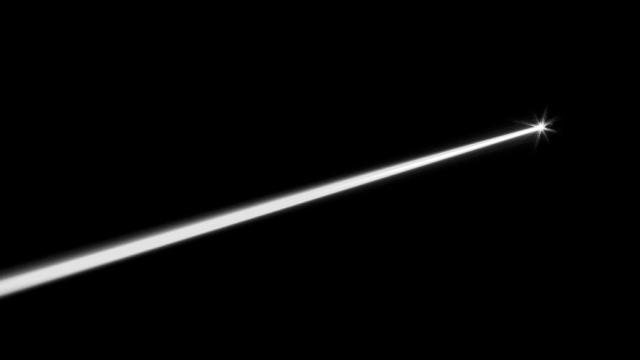Lasers have been advancing science and threatening move characters since the 1960s, but you may have noticed they always have a distinct colour. Now, a team of scientists has developed the world’s first white laser.
A team of researchers from Arizona State University has shown that a new breed of semiconductor lasers can emit light across the entire visible spectrum, providing the full range of different colours that are required to make white laser light. These new lasers are made from three sheets of semiconductor, each just a few microns in thickness, that are held in parallel. Each of the sheets can emit one of the three elementary colours — red, green or blue — and depending on how their output is tuned, they can produce any colour in the spectrum. When their entire output is combined, that means they can also produce white laser light. The result is published in Nature Nanotechnology.
It’s not just a pleasing laboratory finding, either. The researchers point out that lasers are brighter and more energy efficient than even LEDs, so they could — in theory at least — be used to create new kinds of lighting and display systems. While researchers at Sandia National Labs had mixed light from different lasers to give the effect of a white laser light in the past, the new development shrinks the hardware down to a single unit, making it a very real possibility for lighting and displays. (It’s worth noting that the Sandia research showed humans eyes are comfortable with laser lighting.)
White laser light could also be used for visible light communication, sometimes referred to as Li-Fi, where information is encoded at ultra-high frequency in the light that illuminates a a room. Until now, the requirement for white lighting in buildings has demanded such systems use LED light, but the Arizona State team suggests that the use of laser light could enable the technique to be pushed further, making it 10 to 100 times faster.
But we may be getting ahead of ourselves. There are still some challenges to overcome before white lasers become a domestic reality — not least the fact that the current device is powered by light rather than electricity. Still, a first is a first — we just hopes it’s not the last we hear about white laser light.
[Nature Nanotechnology via PhysOrg]
Image by Michal Vitek/Shutterstock
